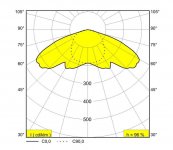Asde, Im with DizzleKush. Your post has me scratching my head in dismay. These are the times I wish Spurr was still here. He could tell you that you are wrong, and belittle you whilst doing so.
i stay with what i said as theres no space for if/but/maybe.
im not a liar unlike others roaming around here...






